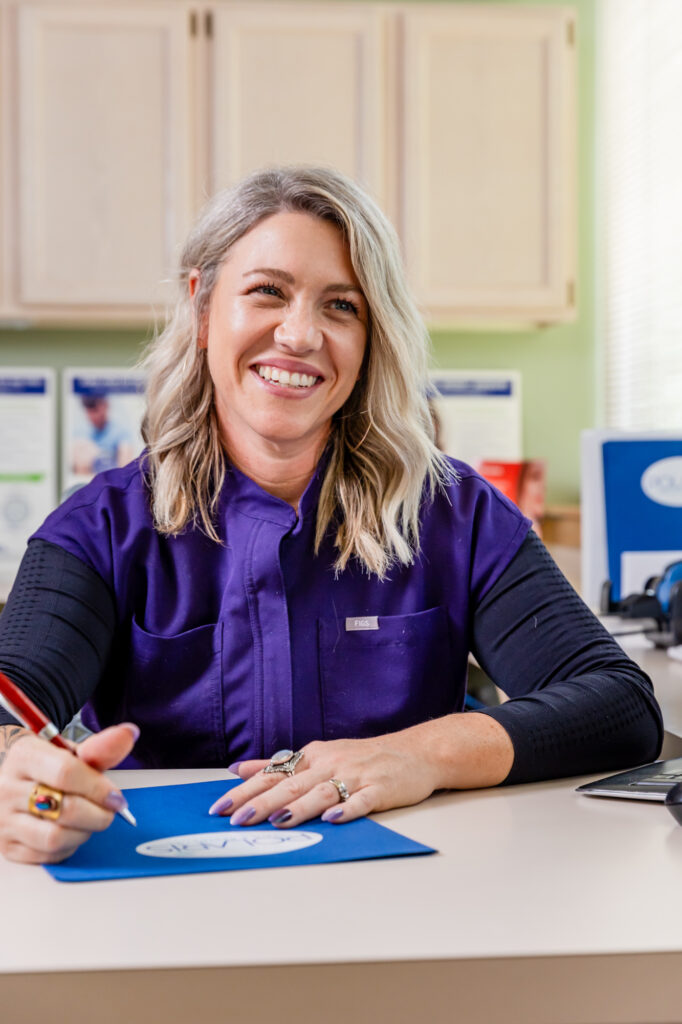
We’ve all had nights where we can’t fall asleep. We toss and turn, trying to get comfortable, which only makes us more irritated and even less sleepy. Sometimes we can’t sleep because either we drank too much coffee or we’re super busy and have a lot on our minds. Either way, it’s annoying. But is our inability to settle down to sleep also a symptom of restless legs syndrome?
According to the Mayo Clinic, restless legs syndrome (RLS) is a condition in which you have an uncontrollable urge to move your legs, usually due to leg discomfort. People with this condition continuously move their legs in order to ease their discomfort.
What are the signs of restless legs syndrome?
There are several signs to watch out for if you think you may have RLS. Here are just a few.
You can’t stop moving your legs
Sure, we all get fidgety when we have to sit, stand or lay down for long periods of time. RLS causes extremely uncomfortable feelings, like itchiness, burning, pulling and tugging, so that people with RLS can’t stop moving their legs, no matter how much they want to.
Moving your legs helps alleviate discomfort
Different from getting up to stretch after sitting at your desk for several hours, people with RLS have an overwhelming urge to continuously move their legs in order to get relief from the pain. If they stop moving their legs, the pain gets worse.
Once asleep, your restless legs wake you up again
Even after finally falling asleep, people with RLS can be woken up by periodic limb movements (PLMS). These unwanted jerking movements can happen at any time throughout the night and wake up light sleepers as often as every few minutes.
Who does RLS affect?
According to the National Sleep Foundation, approximately 10% of adults and 2% of children in the U.S. A study by PubMed.gov found that RLS is more prevalent in older adults, affecting up to 35% of individuals over 65 years of age.
Restless Leg Syndrome and Vein Disease
RLS may be a side effect of medication, pregnancy, or iron deficiency, to name a few. Often, patients with RLS also suffer from vein disease and experience the same symptoms as venous insufficiency. This discovery led to various studies on the connection of the two conditions, and it’s been determined that damaged veins are indeed another leading cause of RLS.
Treatment options for vein disease and RLS
Since RLS is a common disorder that has a known association with venous insufficiency, treating the damaged veins may substantially improve the leg discomfort symptoms that keep people up at night. The goal is to alleviate the burning, itching, restless sensations so that people with RLS can sleep soundly again. After all, more sleep, and higher quality sleep, can improve the overall quality of life. There are many different vein treatments available. Your doctor can recommend the best option for you.
Here are 3 common treatments for venous insufficiency
Endovenous Laser Ablation (ELA) is a minimally invasive treatment that uses laser energy to shrink and close damaged veins, redirecting blood flow to healthier veins. This treatment is safe, doesn’t take much time to complete, and is performed in your doctor’s office. Patients are normally able to return to their everyday activities immediately after the procedure and experience little to no pain.
VenaSeal™ Closure is a safe and effective procedure that uses a medical adhesive to close damaged veins. Some benefits of this treatment are it is non-thermal, non-sclerosant, and doesn’t require multiple needle sticks. Patients can return to normal activities right after treatment and compression stockings are not required.
Sclerotherapy is used to treat spider veins and varicose veins. A chemical solution is injected through a tiny needle into the damaged veins, causing them to close. This is also an outpatient procedure and while normal activities are encouraged, it’s recommended that patients wear compression stockings for a few weeks after treatment.
If you’re experiencing symptoms related to Restless Legs Syndrome (RLS) and think it may be related to venous insufficiency, schedule a consultation with a vein specialist to find out your treatment options. Columbus Vein Center helps people in the Columbus, Ohio, area get better looking – and better feeling – legs. Take care of yourself and your health. Call today!
